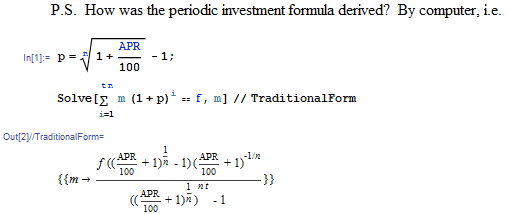A radiant smile can make a lasting impression, and maintaining a bright, white set of teeth is a goal for many individuals. With the rise in popularity of teeth whitening services, it is essential to understand the benefits of seeking professional teeth whitening treatments for effective dental care. While over-the-counter products may seem tempting, professional teeth whitening services offer distinct advantages that can enhance appearance and oral health. This article will explore the numerous benefits of professional teeth whitening serivces.
Superior Whitening Results
Professional teeth whitening services provide superior and long-lasting results compared to over-the-counter products. Dentists employ advanced techniques and high-quality whitening agents to eliminate stubborn stains and discoloration. The professional-grade whitening gels used in dental offices are often more potent and offer a higher concentration of active ingredients, resulting in a noticeably whiter smile in a shorter period.
Customized Treatment
One significant advantage of professional teeth whitening services is the personalized and tailored approach to treatment. Dentists evaluate each patient’s dental health, the extent of discoloration, and any existing dental work to create a customized treatment plan. This ensures the whitening process is safe, effective, and meets the individual’s needs. Dentists can optimize the outcome by addressing specific concerns and minimizing potential risks or discomfort.
Safe And Controlled Environment
Undergoing teeth whitening in a dental office ensures a safe and controlled environment for the procedure. Dentists and dental hygienists are trained professionals who follow strict guidelines and protocols to protect patients’ oral health. They take necessary precautions to safeguard the gums, lips, and other oral tissues, reducing the risk of sensitivity or damage during the whitening process. This level of expertise and care is crucial in ensuring a comfortable and risk-free experience.
Oral Health Assessment
Professional teeth whitening services often include a comprehensive oral health assessment before the procedure. Dentists examine the patient’s teeth and gums to identify underlying issues impacting the whitening process or indicate potential oral health concerns. This assessment allows dentists to address pre-existing conditions, such as cavities or gum disease before the whitening treatment begins. Patients can achieve optimal results and maintain their oral health by addressing these issues.
Expert Guidance And Aftercare
One of the key benefits of professional teeth whitening services is the expert guidance and aftercare provided by dental professionals. Dentists educate patients on the dos and don’ts of maintaining their newly whitened teeth, including dietary recommendations, oral hygiene practices, and potential lifestyle changes. This guidance ensures that patients can enjoy their bright smiles for an extended period while minimizing the risk of staining or discoloration.
Conclusions
Professional teeth whitening services offer a range of benefits that surpass the results achieved through over-the-counter products. From superior whitening results and personalized treatment plans to a safe and controlled environment, seeking professional dental care for teeth whitening ensures optimal outcomes and oral health. By consulting with a dentist, individuals can achieve a radiant smile and boost their confidence while receiving expert guidance on maintaining their newly whitened teeth. Invest in professional teeth whitening services for a brighter smile that leaves a lasting impression.

